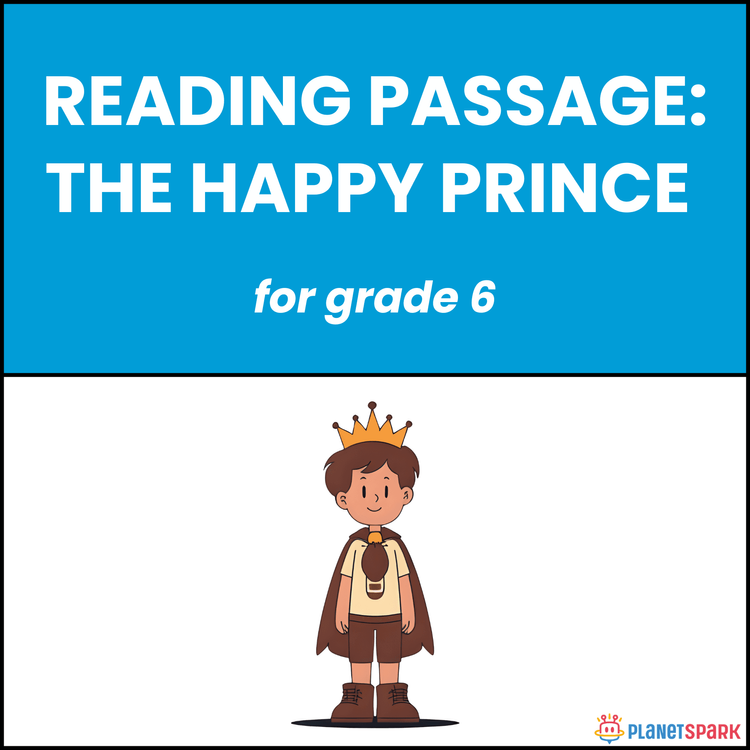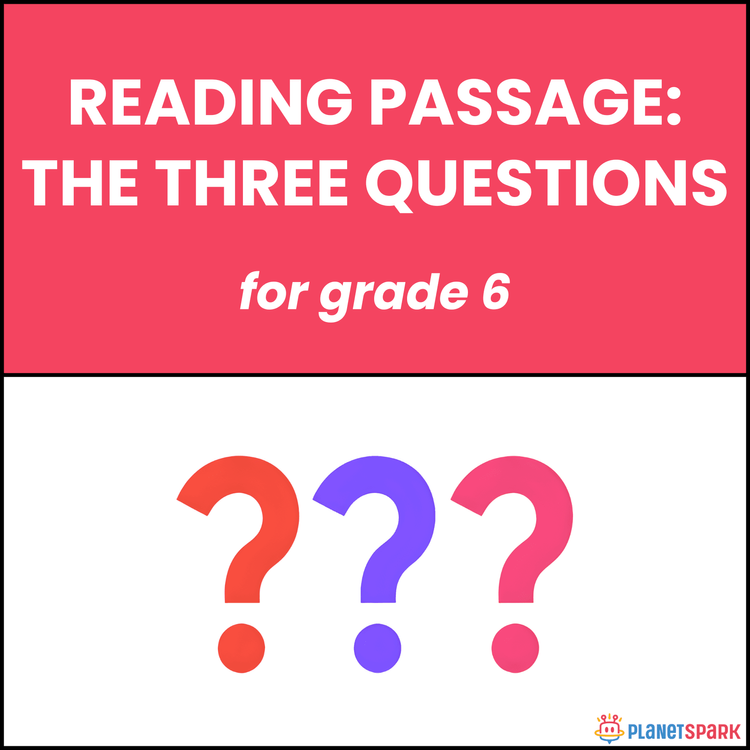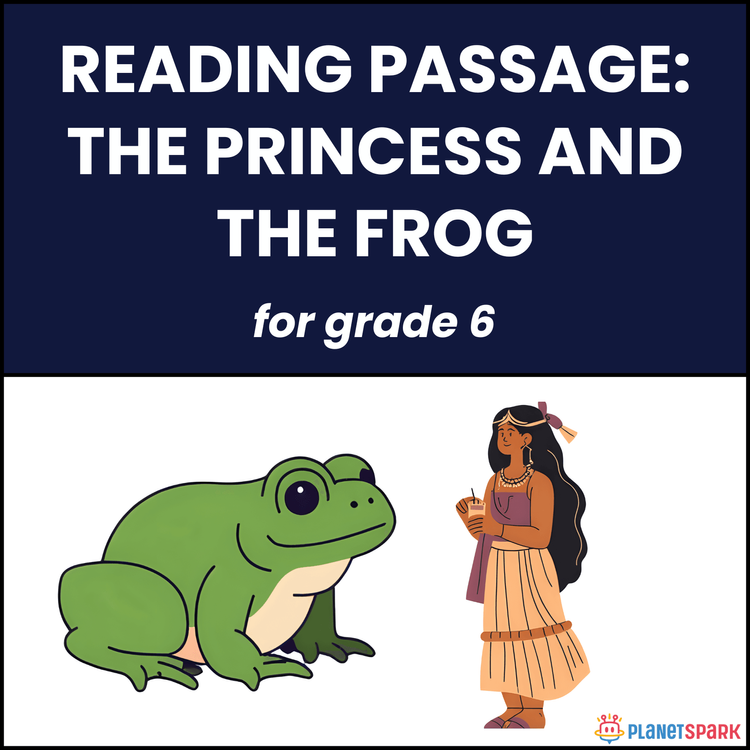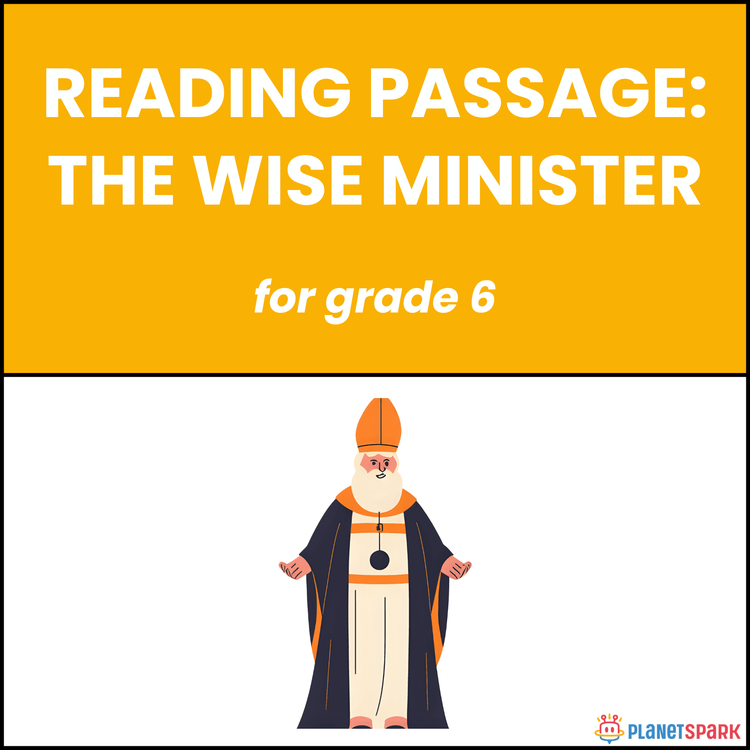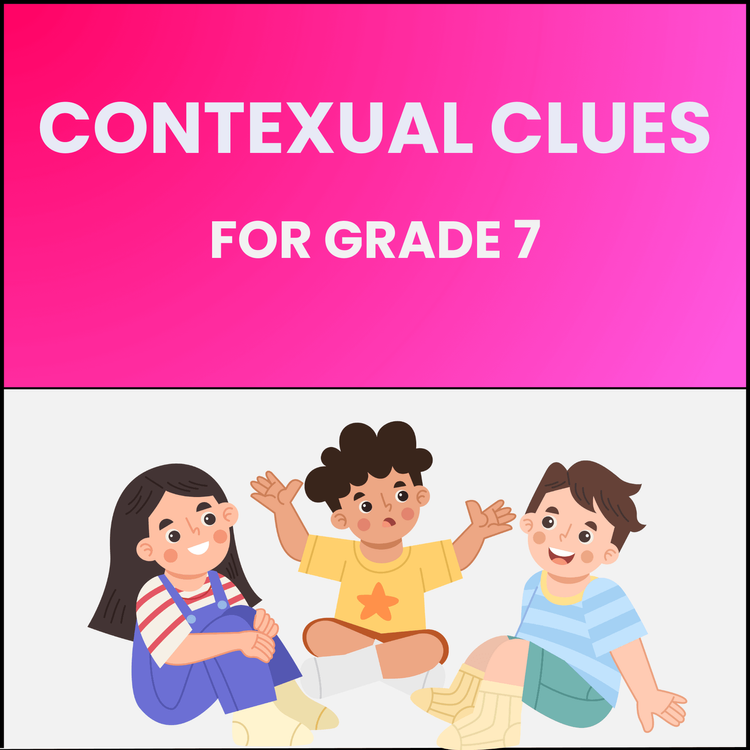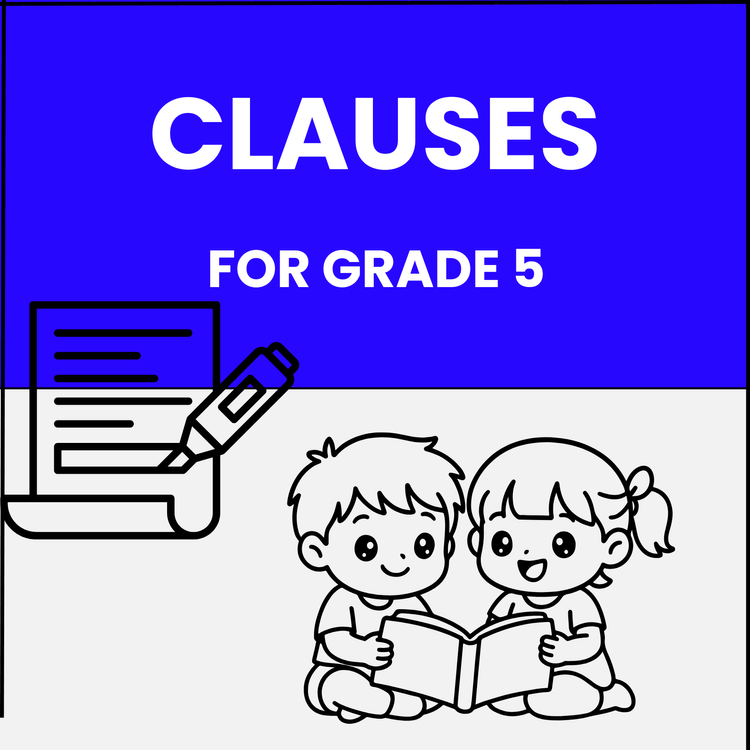Mastering Clauses – Grade 6 Worksheet
Class 6English GrammarFree DownloadPDF
Aanchal SoniVisit Profile
I’m a fun-loving TESOL certified educator with over 10 years of experience in teaching English and public speaking. I’ve worked with renowned institutions like the British School of Language, Prime Speech Power Language, and currently, PlanetSpark. I’m passionate about helping students grow and thrive, and there’s nothing more rewarding to me than seeing them succeed.


Mastering Clauses – Grade 6 Worksheet
Class 6English GrammarFree DownloadPDF
Aanchal SoniVisit Profile
I’m a fun-loving TESOL certified educator with over 10 years of experience in teaching English and public speaking. I’ve worked with renowned institutions like the British School of Language, Prime Speech Power Language, and currently, PlanetSpark. I’m passionate about helping students grow and thrive, and there’s nothing more rewarding to me than seeing them succeed.
Why This Skill Is Important
Understanding clauses helps students:
Build stronger, more meaningful sentences.
Identify the difference between complete and incomplete thoughts.
Improve grammar accuracy in writing tasks.
Understand paragraph structure and logical flow.
Prepare for advanced concepts like complex, compound, and compound-complex sentences in higher grades.
Clauses form the backbone of good writing; once students master them, their communication skills improve noticeably.
What This Worksheet Consists Of
This worksheet includes:
5 MCQs focused on identifying independent and dependent clauses, plus recognizing complex sentences.
5 fill-in-the-blank questions using conjunctions that connect clauses.
Clear, classroom-friendly examples aligned with Grade 6 grammar levels.
Practical clause identification exercises used in real writing.
Who This Worksheet Is For
This worksheet is perfect for:
Grade 6 students are learning sentence structure.
Teachers who want ready-to-use grammar practice.
Parents who want structured support for grammar at home.
Tutors and enrichment centers are building writing and communication skills.
Answer Key
MCQs
When he arrived, we started.
The dog ran
while she cooked
Although he tried, he failed.
The teacher spoke
Fill in the Blanks
He slept because he was tired.
She ran inside when it started raining.
We waited until the bus arrived.
They left after the show ended.
She stayed home because she was sick.
Frequently Asked Questions
A group of words that can stand alone as a complete sentence.
A clause that cannot stand alone because it does not express a full idea.
A sentence that contains one independent clause and at least one dependent clause.
Yes, the difficulty level, examples, and sentence structures match Grade 6 grammar standards.
Definitely. By understanding how clauses work, students write clearer, more meaningful sentences.
